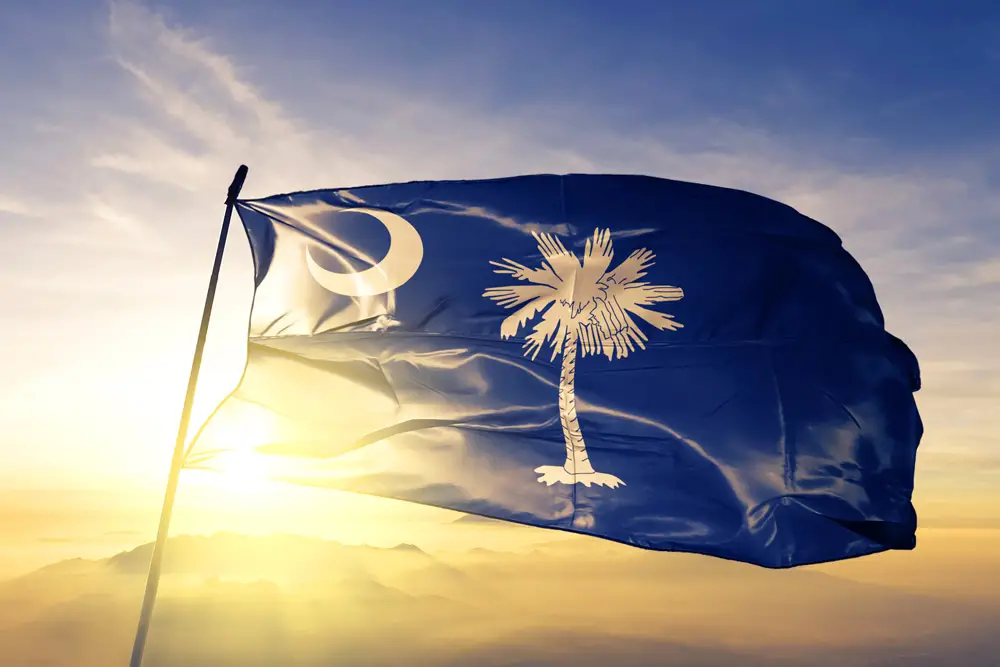We get the privilege of touring some of the most historic waters of the US. That includes some of the forts and armaments that were vital to the civil war.
Take a Charleston Harbor Tour of Fort Johnson and enjoy learning all about the history while relaxing and taking in the cool ocean breeze. Fort Johnson was located on the shores of the Ashley River were the SCDNR is located now. The Fort was named after Sir Nathaniel Johnson. Johnson served as Governor of Carolina from 1703 to 1709.
None of the original structure that was built in 1708 stands today and only a plaque stands where the armaments faced Ft. Sumter. On April 12, 1861 at 3:20 AM, after a final effort to have the Union garrison surrender, Col. Robert Chestnut, CSA, notified Major Robert Anderson, USA that in one hour the batteries commanded by Brigadier General Pierre G. T. Beauregard would open fire. Anderson, who had been a professor of Artillery at West Point, aware of the consequences of this, was deeply moved by the declaration. As would happen many times again over the next four years, the embattled leaders knew each other well. Beauregard, back at West Point, had been Anderson’s assistant. So he prepared to defend Fort Sumter for the Union, the, large garrison-sized Stars and Stripes flying above the small group of 85 Federal men. After a 34-hour bombardment, Major Robert Anderson surrendered the fort.
A magazine was built on the site in 1765 and was buried during the Civil war. It was unearthed in 1931 and is only one of a few items left from this era. Below is a picture of the Magazine that still stands at the site of Fort Johnson. The site is now occupied by the SC Dep. of Natural Resource and a small part by the College of Charleston as a teaching and research facility.
Colonel William Moultrie first raised the South Carolina flag on September 15, 1775 at Fort Johnson. He was commissioned by the revolutionary government to design a flag for his troops to lead into battle. Colonel William Moultrie used the blue color of his troops uniforms and the silver crescent found on the soldiers hats to create the flag. After a skirmish at the Sullivan’s Island log fort, the Palmetto tree was added to create what we know today as our state flag.

